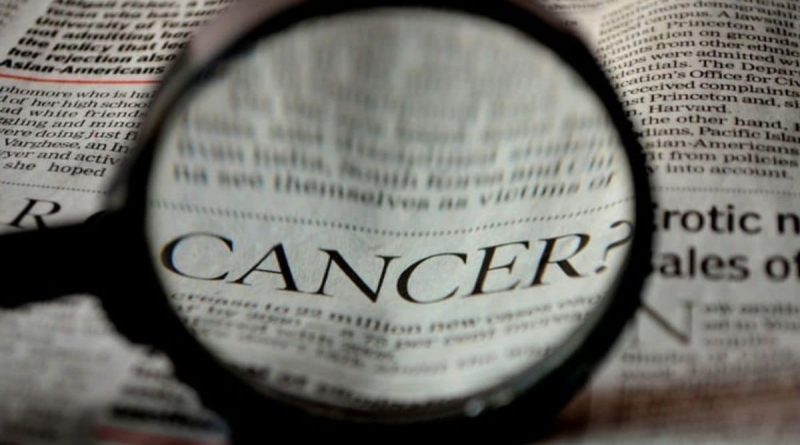Study finds that 3 out of 5 individuals in India die after being diagnosed with cancer, with women being disproportionately affected.
India’s Cancer Burden: A Closer Look
According to a recent analysis of global cancer data, three out of every five people in India succumb to cancer following diagnosis, with women bearing a disproportionate burden compared to men. The study, conducted by the Indian Council of Medical Research (ICMR) and published in ‘The Lancet Regional Health Southeast Asia’ journal, sheds light on the alarming statistics surrounding cancer in India.
High Incidence and Mortality Rates
The study found that India ranks third highest in cancer incidence, after China and the US, and accounts for over 10 per cent of the world’s cancer-related deaths, ranking second after China. The incidence to mortality ratio in India is particularly concerning, with approximately three out of five individuals expected to die if diagnosed with cancer. This ratio is higher compared to countries like the US (one in four) and China (one in two).
Projected Challenges Ahead
Researchers also projected that in the coming two decades, India will face a formidable challenge in managing deaths related to cancer incidence, with a yearly increase of two per cent in cases as the population ages. This highlights the urgent need for targeted interventions and strategies to tackle the escalating cancer burden in the country.
Gender Disparities in Cancer
The study revealed that women in India bear a disproportionate burden when it comes to cancer. Breast cancer continues to be the most prevalent cancer among women, contributing to 13.8 per cent of new cases, followed by cervical cancer at 9.2 per cent. Among men, oral cancer was found to be the most commonly diagnosed cancer.
Age Groups and Cancer Burden
There is a noticeable shift in cancer prevalence across different age groups in India. The geriatric age group (aged 70 years and above) exhibits the highest cancer burden, followed by the reproductive age group (15-49 years). Middle- and old-aged individuals have an increased chance of developing cancer and succumbing to it.
The Urgency for Action
The findings of the study underscore the urgency of implementing targeted interventions and strategies to address the rising cancer burden in India. With about 70 per cent of cases and deaths occurring in the middle- and older-age groups, it is crucial to focus on early detection, prevention, and treatment measures.
In conclusion, the study provides a comprehensive evaluation of the current and future landscape of cancer in India, highlighting the need for concerted efforts to combat this growing health crisis. With the right interventions and support, it is possible to reduce the burden of cancer and improve outcomes for patients across the country.

